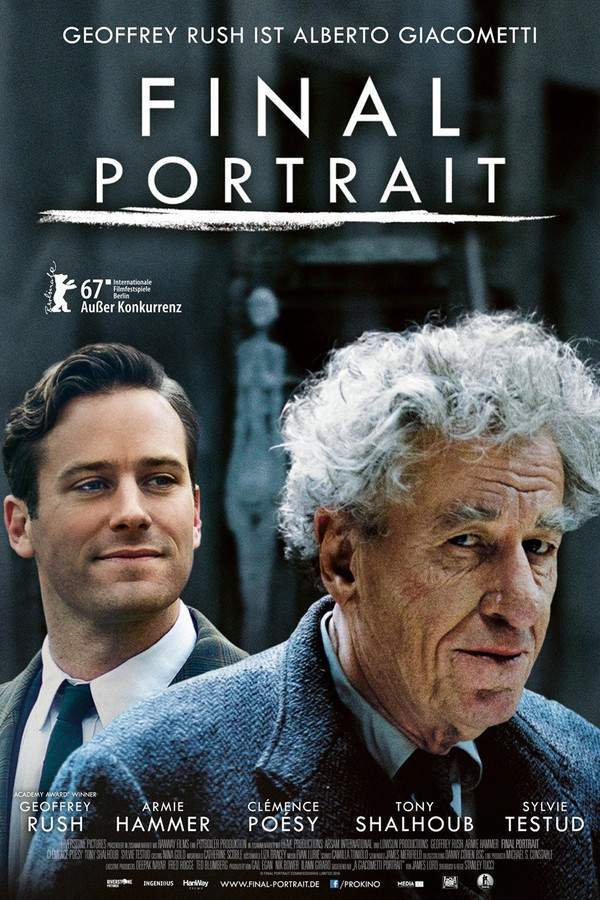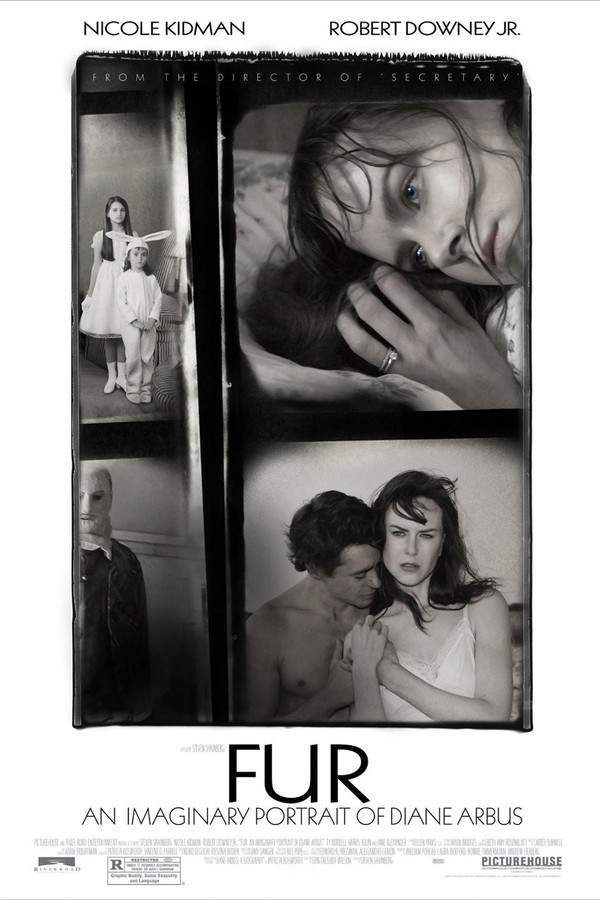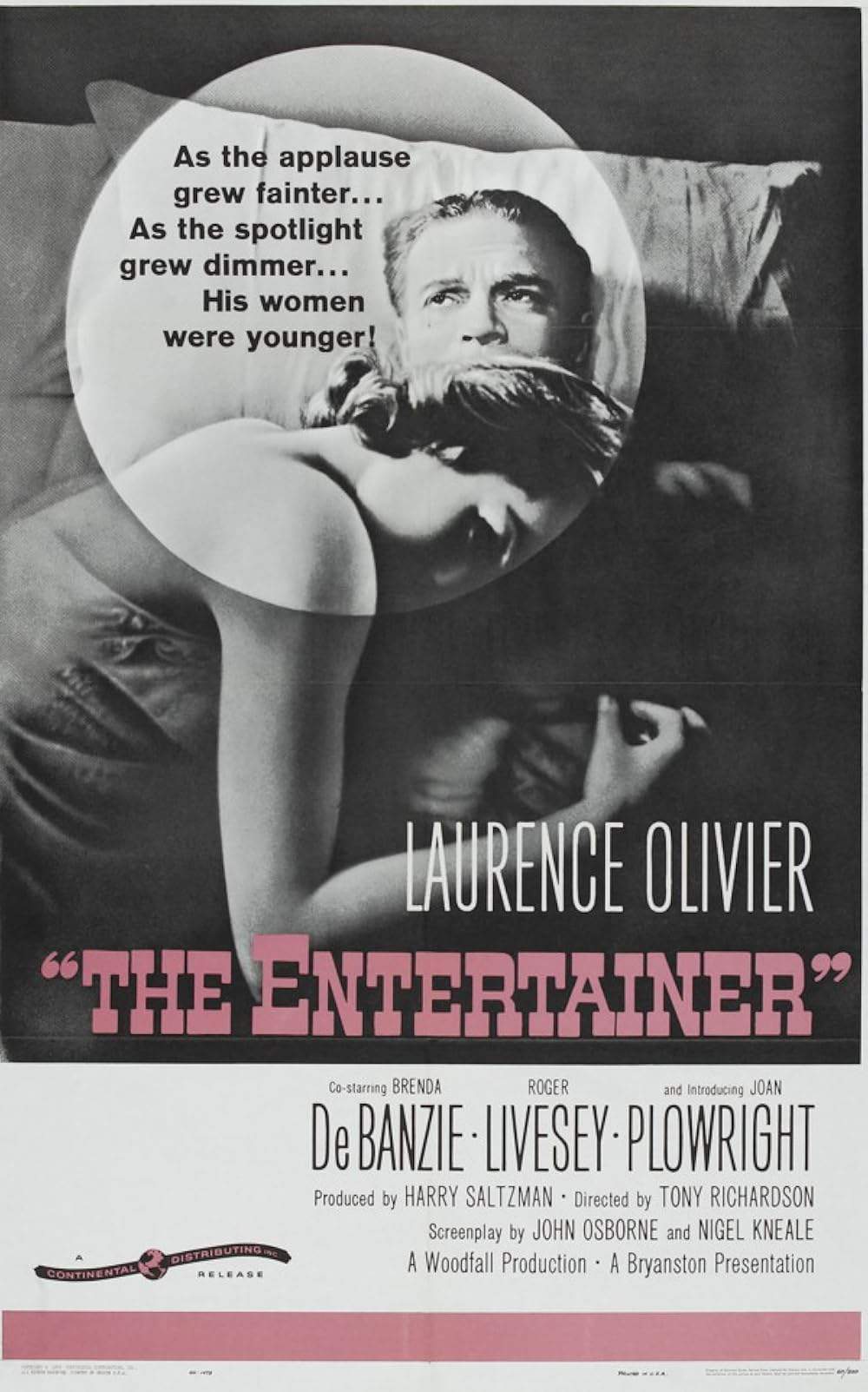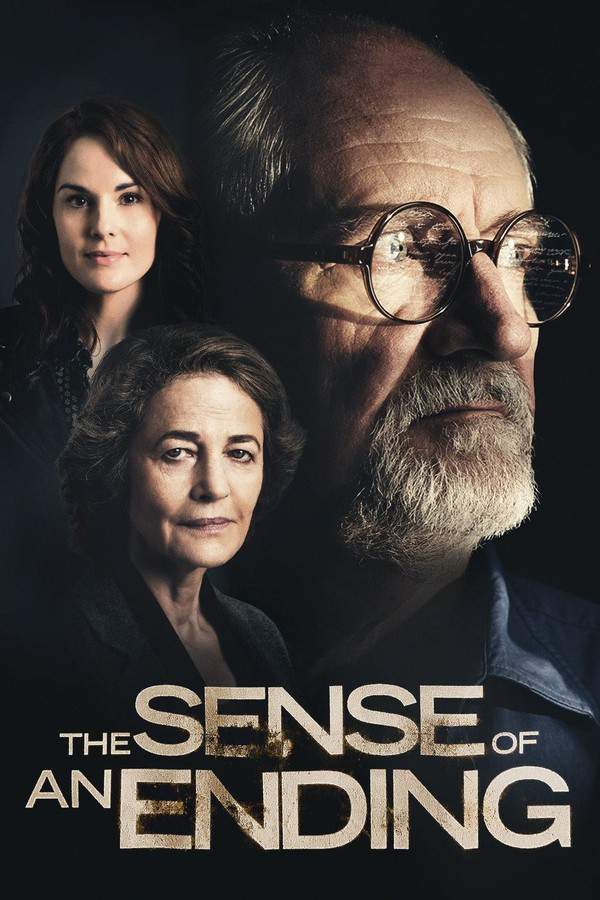
Séraphine
Year: 2009
Runtime: 125 min
Language: French
Director: Martin Provost
This poignant biopic portrays Séraphine Louis, a gifted but initially unrecognized servant, who discovers her artistic talent through a series of striking, naive paintings. Her work gains increasing attention between the World Wars, leading to a period of fame alongside Henri Rousseau. However, her life takes a tragic turn as she descends into mental illness, ultimately fading into obscurity amidst the turmoil of the Great Depression and World War II.
Warning: spoilers below!
Haven’t seen Séraphine yet? This summary contains major spoilers. Bookmark the page, watch the movie, and come back for the full breakdown. If you're ready, scroll on and relive the story!
Séraphine (2009) – Full Plot Summary & Ending Explained
Read the complete plot breakdown of Séraphine (2009), including all key story events, major twists, and the ending explained in detail. Discover what really happened—and what it all means.
Séraphine tells the quiet, remarkable story of Séraphine Louis, a middle‑aged housekeeper whose untaught gift for painting slowly emerges as something deeply profound and uniquely expressive. Drawing on what she believes to be religious guidance, she moves through a world of modest means with an unshakable reverence for beauty found in nature. Her daily walks to work become small pilgrimages—moments where she pauses to admire trees, to breathe, and to let the natural world seep into her art. Early on, the film notes the unusual materials that feed her palette: soil from plants and even a trace of blood from a dead pig. Back in her candle‑lit home, these humble ingredients are transformed into images that feel both intimate and otherworldly, and she guards the secrecy of the reds she uses, hinting at a personal alchemy that others cannot easily decipher.
A chance encounter with a German art critic, Uhde, marks the first real crack in Séraphine’s private life. He sees real potential in her work and promises to advocate for her, insisting that she should trust her gift and keep painting. For a time, this faith remains enough to sustain her, even as the world outside grows darker with the onset of war. When World War I interrupts their connection, Uhde is forced to flee France, leaving Séraphine to continue her practice in solitude. Yet she does not abandon her canvas; she sustains herself through her creative discipline, painting as a form of quiet resilience.
Years later, in 1927, Uhde reappears with a new sense of her progress. He is moved by how much her technique has matured and begins to purchase her works, offering a steady monthly stipend and urging her to dedicate herself to painting above all else. For Séraphine, this moment feels like a rare windfall, a doorway into a possible future she had not dared to imagine. The prospect of financial stability brings a strange, almost intoxicating sense of prosperity. She indulges in small luxuries and, perhaps, a touch of vanity—buying an expensive bridal gown even though a suitor never materializes—and she speaks of messages from angels as if they confirm a grand, cosmic purpose behind her art.
As the Great Depression tightens its grip, the market for her paintings shrinks. Uhde finds himself unable to sustain his previous generosity, and the optimistic certainty that had carried Séraphine begins to crumble. The sudden turn of fortune unsettles her, pushing her toward a more fragile mental state. She experiences a powerful sense of self‑sufficiency and suddenly measures the worth of her life by the wealth she once imagined, a shift that unsettles those around her and distorts her self‑image.
The crisis comes to a head when Séraphine, dressed in her bridal gown, moves the town emotionally and provocatively, and the authorities intervene. She is placed in a lunatic asylum, and painting becomes something she can no longer sustain. Uhde visits, but the situation grows delicate; he is advised not to press contact, and he learns only that some of her artworks have found buyers. In a compassionate turn, he decides to look after her well‑being by securing her a room within the institution that still allows her to step outside and reconnect with the beauty of the world she so obviously loves. This renewed contact with nature becomes a lifeline, a thread of memory and sensation that returns as a gentle balm to her life.
The film closes with a retrospective look at Séraphine Louis’s life. She dies in 1942, and the final note of the story reveals that her art would go on to gain fame and respect, long after the storms of her time had passed. The portrait that emerges is of a woman whose work, born from humble materials and steadfast conviction, endures because it speaks to an essential human longing to see and to be seen, to find meaning in the ordinary, and to transform the world around us through simple acts of vision. In the end, the film honors how a painter who began as a servant could become a lasting voice in the gallery of art, remembered for the sincerity, purity, and quiet power of her nearly sacred images.
Last Updated: October 09, 2025 at 15:46
Explore Movie Threads
Discover curated groups of movies connected by mood, themes, and story style. Browse collections built around emotion, atmosphere, and narrative focus to easily find films that match what you feel like watching right now.
Movies about tormented artists like Séraphine
Films about visionary creators plagued by mental illness and isolation.If you were moved by Séraphine's story, explore other films about outsider artists whose visionary work is shadowed by personal struggle. These movies, like biopics and character studies, focus on the bittersweet intersection of genius, mental illness, and the search for beauty.
Narrative Summary
This thread follows a recurring narrative pattern: an individual with an unconventional artistic vision emerges from obscurity, often facing misunderstanding and poverty. A period of discovery or fame is often eclipsed by a descent into mental instability, leading to a poignant or tragic end that contrasts with the enduring legacy of their art.
Why These Movies?
These films are grouped together because they share a deep focus on the creative process as an isolating and often painful force. They possess a melancholic tone, a contemplative pace, and explore themes of obsession, the nature of beauty, and the high price of genius.
Movies with a quiet melancholic vibe like Séraphine
Slow, reverent films that find profound beauty in tragic lives.For viewers who appreciated the quiet, reverent mood of Séraphine, this collection features films with a similar slow pace and melancholic tone. These stories often focus on isolated characters, finding moments of profound beauty amidst themes of struggle, loss, or obscurity.
Narrative Summary
The narrative journey in these films is often internal and character-driven. The plot unfolds gradually, prioritizing atmosphere and emotional depth over dramatic events. The central conflict is frequently between the character's inner world or artistic vision and the harsh realities of their external life, resulting in a deeply felt, bittersweet resolution.
Why These Movies?
This thread connects films based on a specific mood blend: a slow, deliberate pacing combined with a melancholic tone and a meditative quality. They share a focus on resilience in the face of sadness and an ability to find splendor in the mundane or the tragic.
Unlock the Full Story of Séraphine
Don't stop at just watching — explore Séraphine in full detail. From the complete plot summary and scene-by-scene timeline to character breakdowns, thematic analysis, and a deep dive into the ending — every page helps you truly understand what Séraphine is all about. Plus, discover what's next after the movie.
Séraphine Timeline
Track the full timeline of Séraphine with every major event arranged chronologically. Perfect for decoding non-linear storytelling, flashbacks, or parallel narratives with a clear scene-by-scene breakdown.

Characters, Settings & Themes in Séraphine
Discover the characters, locations, and core themes that shape Séraphine. Get insights into symbolic elements, setting significance, and deeper narrative meaning — ideal for thematic analysis and movie breakdowns.

Séraphine Spoiler-Free Summary
Get a quick, spoiler-free overview of Séraphine that covers the main plot points and key details without revealing any major twists or spoilers. Perfect for those who want to know what to expect before diving in.

More About Séraphine
Visit What's After the Movie to explore more about Séraphine: box office results, cast and crew info, production details, post-credit scenes, and external links — all in one place for movie fans and researchers.





























